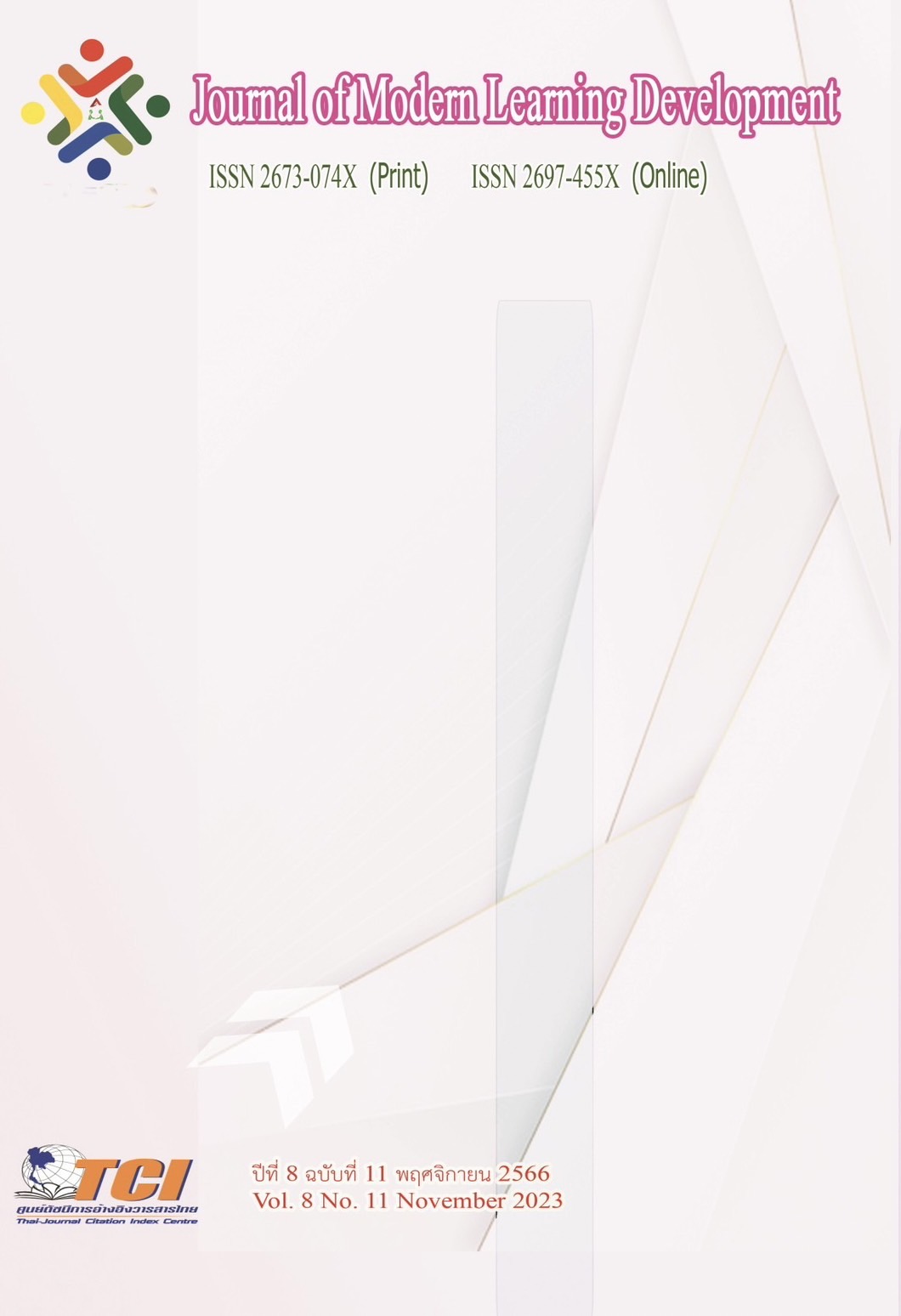The Research on the Impact of Top Management Teams of Transactive Memory System on Organizational Improvisation
Main Article Content
Abstract
Based on the realistic background of cross-industry competition, this paper commences with the cognitive structure of enterprises, takes organizational memory that influences corporate decision as the intermediary bridge, regards complementary assets as the innovation resources provided by enterprises, and discusses the influential mechanism of the top management team of transactive memory system on organizational improvisation through the method of combining theoretical and empirical research.
This paper has important practical significance for theoretical workers to enhance the in-depth understanding of the role and value of the top management team of transactive memory system, and the top management team effective use of improvisation to industry competition and improve the core competitiveness has important practical significance.
Article Details
References
Brandon, D. P. , & Hollingshead, A. B. . (2004). Transactive memory systems in organizations: matching tasks, expertise, and people. Organization Science. 15 (6), 633-644.
Guo Yongfeng. (2013). The logic of enterprise strategic transformation. Modern Management Science (1), 3.[in Chinese]
Hopkins, M. , & Nightingale, P. . (2006). Strategic risk management using complementary assets: organizational capabilities and the commercialization of human genetic testing in the uk. Research Policy. 35 (3), 355-374.
Lai, H. C. , Chiu, Y. C. , Liaw, Y. C. , & Lee, T. Y. . (2010). Technological diversification and organizational divisionalization: the moderating role of complementary assets. British Journal of Management. 21 (4), 983-995.
Lewis, & Kyle. (2003). Measuring transactive memory systems in the field: scale development and validation. Journal of Applied Psychology. 88 (4), 587.
Lewis, K. , & Herndon, B. . (2011). Transactive memory systems: current issues and future research directions. Organization Science. 22 (5), 1254-1265.
Li Tuochen, Qiao Lin, & Yang Ping. (2018). Study on the mediation role of —— supply chain flexibility and the regulating role of transactive memory system. Nankai Management Review (4), 74-84.[in Chinese]
Moorman C,& Miner A S..(1998). Organizational improvisation and organizational memory. Academy of Management Review. 23 (4), 698-723.
Rosenbloom, R. S. , & Christensen, C. M. . (1994). Technological discontinuities, organizational capabilities, and strategic commitments. Industrial & Corporate Change. (3), 655-685.
Rothaermel, F. , & Thursby, M. . (2005). University-incubator firm knowledge flows: assessing their impact on incubator firm performance. Research Policy. 34 (3), 305-320.
Sarkar, M. B. , Echambadi, R. , Cavusgil, S. T. , & Aulakh, P. S. . (2001). The influence of complementarity, compatibility, and relationship capital on alliance performance. Journal of the Academy of Marketing Science. 29 (4), 358-373.
Tao Houyong, Wang Xiujiang, & Liu Hong. (2009). Organize improvisation and its significance to the enterprise response to the crisis research. Foreign Economy and Management. (9), 7.[in Chinese]
Weick, & Karl, E. . (1993). The collapse of sensemaking in organizations: the mann gulch disaster. Administrative Science Quarterly. 38 (4), 628-652.
Yoo, Y. , & Kanawattanachai, P. . (2001). Developments of transactive memory systems and collective mind in virtual teams. International Journal of Organizational Analysis (1993 - 2002). 9 (2), 187-208.
Zheng Qiangguo, & Zhang Ya. (2019). Review and future prospect of Improvisationresearch in enterprises. Guangxi Quality Supervision Guide (6), 2.[in Chinese]


